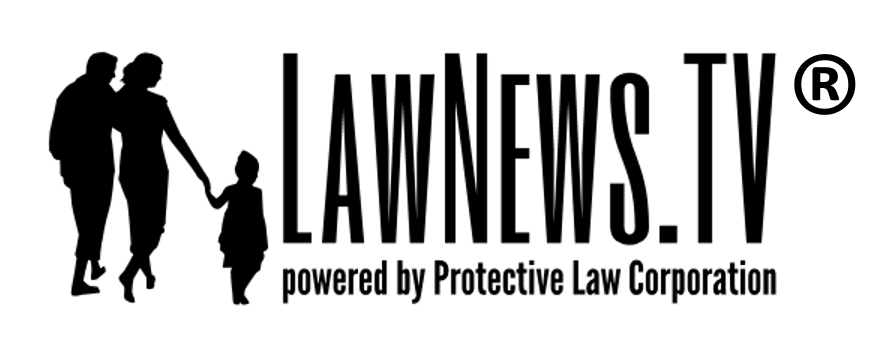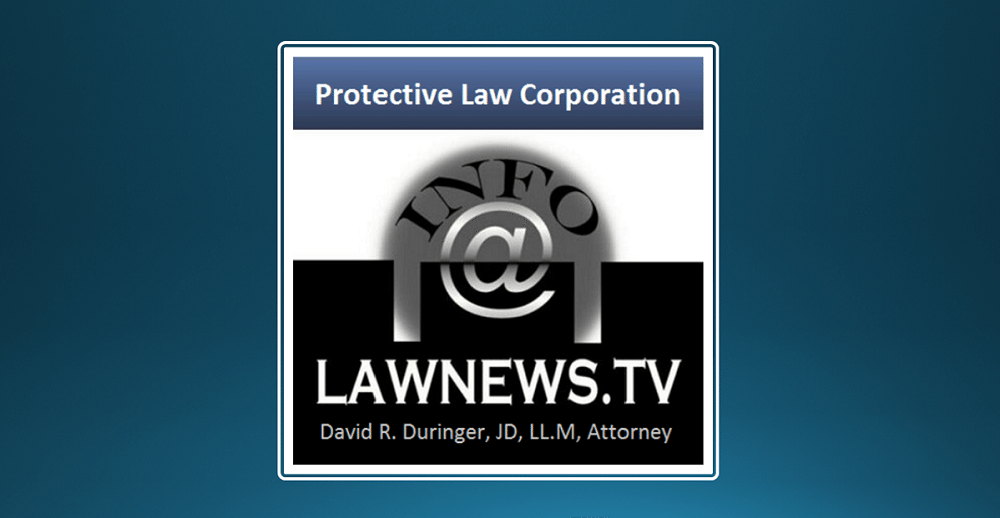Exposure to lawsuits involving injury and loss claims is among the biggest risks that businesses face. Although liability waivers are most commonly used by businesses that offer inherently dangerous activities, such as ski resorts, amusement parks, and gyms, they can be used whenever a business seeks to limit the claims or damages that a visitor could pursue against it in a later lawsuit.
Courts in most US jurisdictions have ruled that liability waivers are legally enforceable as long as they are drafted in a way that makes it clear to customers what risks they face and what rights they are agreeing to waive. Liability waivers are not appropriate in every circumstance, but if you are considering using one, you will need to ensure that it will hold up if tested.
What Is a Business Liability Waiver?
A business liability waiver is a contract. The contracting parties are the business that seeks the waiver and the customer (or other party) who signs it. Businesses might also require contractors to sign a waiver prior to performing work on their premises. However, liability waivers typically are not used between businesses and their employees because employees cannot sue their employers for work-related injuries except in extremely rare circumstances.
Essentially, a liability waiver shifts risk from the business to the customer. When a customer signs a liability waiver, they agree to give up their right to file a lawsuit against a business for ordinary negligence. Usually, the negligence is in the context of personal injury claims, but a liability waiver can be used to limit risk associated with other types of incidents, such as accidental data breaches and COVID-19 infections.
Where Are Business Liability Waivers Used?
A business liability waiver may be part of a larger contract (for example, as part of a contract between a gym and its customers) or a standalone agreement. Companies typically use a business liability waiver as a condition of admission or participation when their regular operations pose a risk of physical harm. The following types of businesses commonly ask their customers, clients, and patients to sign liability waivers:
- Ski resorts
- Sports clubs
- Camps
- Horseback-riding facilities
- Gyms
- In-home service providers, including cleaning services, plumbers, internet services providers, and nursing services for home-bound patients
- Homeowners’ associations with recreational facilities, such as pools and workout centers
- Amusement parks
- Golf courses and driving ranges
Are Business Liability Waivers Enforceable?
A liability waiver that complies with state laws should protect a business from many—but not all—injury lawsuits. While state laws vary regarding what is required for a liability waiver to be legally enforceable, courts in most states consider the following general principles:
- Is the waiver clear and unambiguous? The business seeking a release of liability must clearly and unambiguously state this intent in the legal document that a customer signs. This requires, among other things, specificity about the types of activities and legal claims to which the waiver applies. If a waiver’s terms are overly vague, poorly constructed, or ambiguous, the waiver may not be enforceable.
- Does the customer understand that they are waiving their rights? Your message to customers—that they are giving up the right to sue you over some types of negligence claims—must be clear and conspicuous. Do not bury the waiver in the fine print. Elements such as large type, contrasting colors, and bold or all caps text that call attention to the liability release increase the chances that a court will enforce it.
- Did the customer sign the waiver? It is not enough to simply post a notice at the entrance to your business stating that a liability waiver is in effect for all customers who enter the premises. You must present a written waiver to a customer, and the customer must sign it.
- Is the business providing consideration? In addition to the legal requirements related specifically to liability waivers, general contract law applies to liability waivers. Consideration—the idea that a binding agreement is valid only if both parties give up something of value—is a staple of contract law. From the perspective of your business, consideration may be satisfied simply by allowing a patron to enter your business or use the services you provide, but you should check with an attorney to confirm that this is sufficient consideration under your state’s law.
Well-written liability waivers have successfully protected businesses against injury lawsuits. For example, the Superior Court of Pennsylvania upheld a waiver used by Gold’s Gym when a gym patron sued Gold’s Gym after suffering a neck injury while exercising with a personal trainer. And when a child was injured at a BJ’s Wholesale Club while using a play area, the court held that the waiver the parents signed precluded them from suing the store.
However, waivers cannot protect businesses from all types of liability claims. Most states prohibit liability waivers for conduct that goes beyond simple negligence, including willful or wanton conduct, intentional or reckless conduct, gross negligence, and intentional torts like fraud. Many states have also ruled that parents cannot execute liability waivers on behalf of minor children.
Should you decide to use a liability waiver for your business, it will not give you carte blanche. The purpose of a waiver is not to prevent you from being sued. Instead, think of waivers as giving your business added protection in the form of built-in defenses to certain types of negligence claims.
Do not rely on one-size-fits-all liability waivers that you can download from the internet. These are unlikely to adequately protect your unique business, comply with the laws of your local jurisdiction, and address the potential liability risks you face. To hold up in court, a liability waiver must contain precise legal language that complies with state law. For help creating a custom liability waiver for your business, reach out to our law office and schedule an appointment.








